flymac
Pilot Officer

Posts: 45 
|
Post by flymac on Oct 27, 2014 13:39:26 GMT 12
Many thanks to Errol for sending me by email details of my Grandfathers, W.L. Harrison's flying at the 1935 Annual Refresher Course.
The Hawker Tomtit was the most flown aircraft in engine hours on this course.
I must confess I knew nothing about this aircraft and have since found the NZAF operated 4 of these all metal framed trainers.
Any photographs of these in NZ service?
What happened to these aircraft?
regards
Don
|
|
|
|
Post by Peter Lewis on Oct 27, 2014 21:53:00 GMT 12
NZPAF Tomtit '50' - Converted to instructional airframe INST10 with the New Zealand Railways operated Technical Training Centre at Addington, Christchurch. Transferred to the TTS Rongotai in September 1940. Scrapped
'51' - Converted to instructional airframe INST8 with the New Zealand Railways operated Technical Training Centre at Hutt Valley, Wellington. Later reduced to produce.
'52' - Converted to instructional airframe with the NZ Railways operated Technical Training Centre at Hillside, Dunedin. Transferred to the TTS Rongotai in September 1940. Later transferred to the Wairarapa and eventually reduced to produce.
'53' - Converted to instructional airframe INST13 with the New Zealand Railways operated Technical Training Centre at Otahuhu, Auckland. Transferred to the TTS Rongotai in September 1940. Transferred to the ATC at Murchison. Broken up at Rongotai in 1943 and reduced to produce.
There are some photos in circulation.
|
|
|
|
Post by Dave Homewood on Oct 27, 2014 23:55:05 GMT 12
I am not sure what is meant by reduced to produce on three of them and scrapped on another, because there was supposedly at least one Tomtit still at Rongotai in storage in 1946 when the Centennial Buildings burned down, destroying it. They cannot have all been reduced to produce - unless that happened after the fire? Anyway here's a couple of photos. The first is from the late F/Sgt Bob Lawn's collection and was taken at Wigram, showing NZ52 and NZ53 (plus a crop to show them closer). 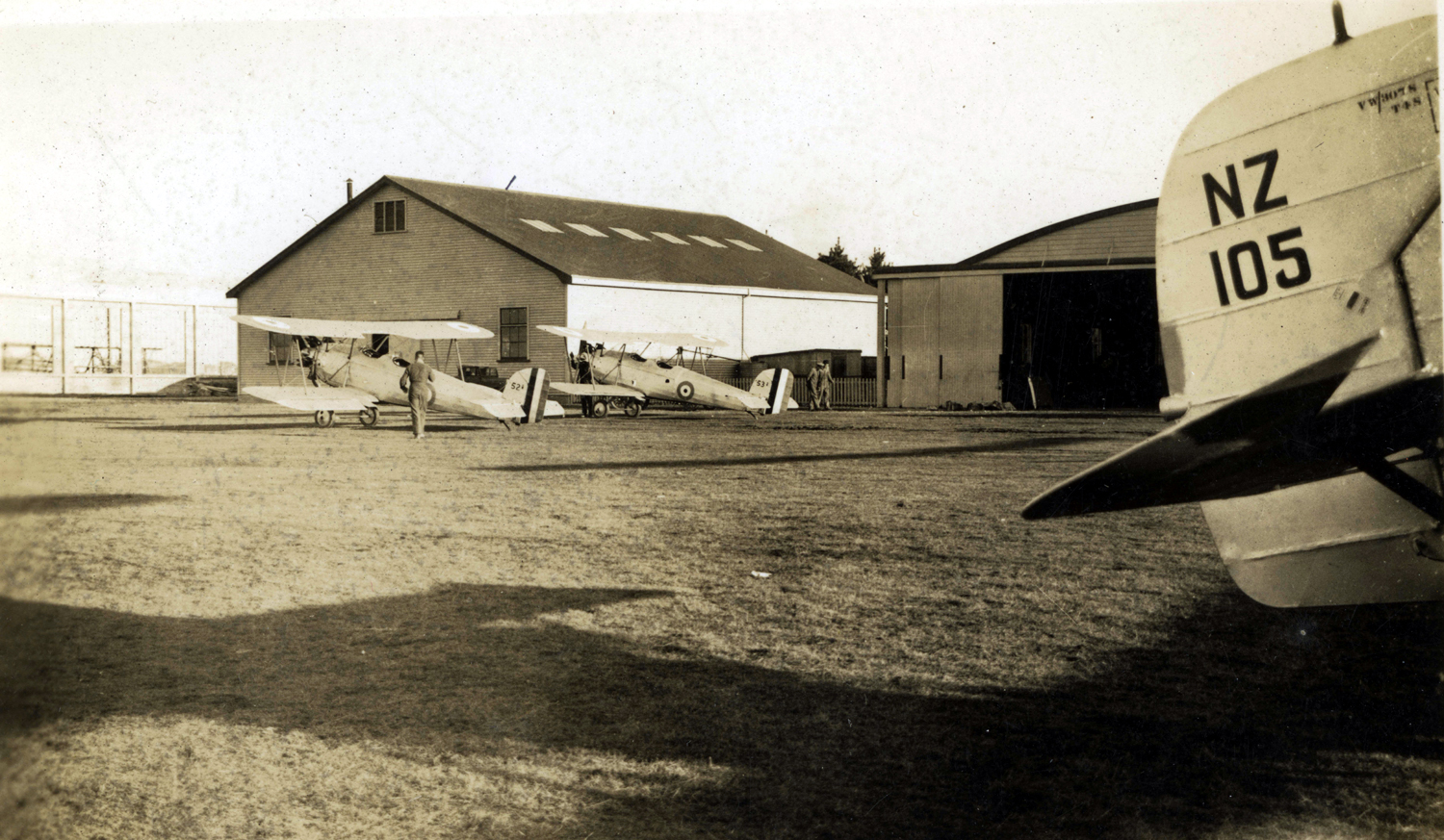 Note the tail of Vickers Vildebeest NZ105. Parts of that aircraft are believed to be among the parts at Wigram where the world's last Vildebeest is being assembled. 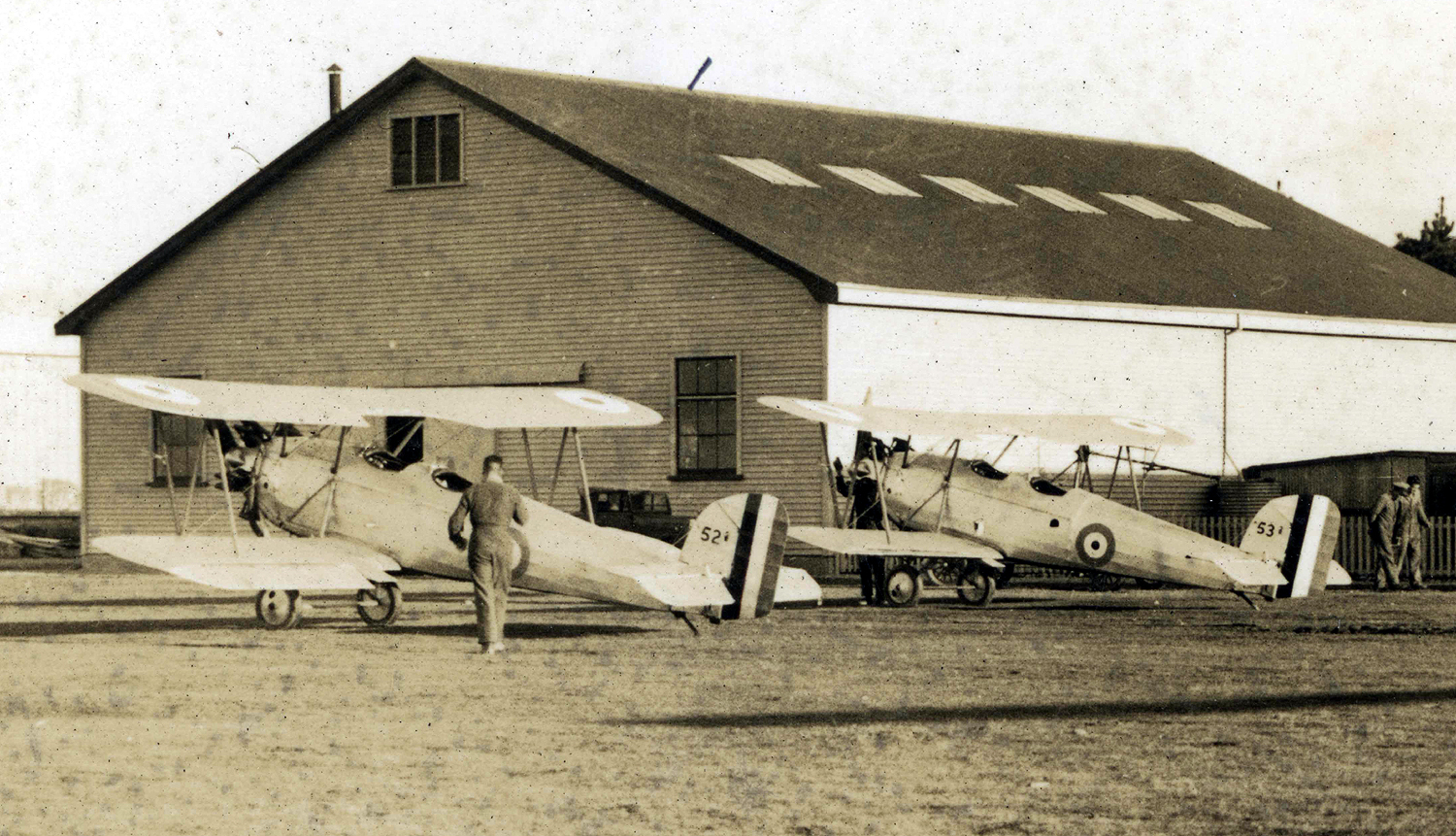 And this one comes from the Firth collection, showing Tomtit NZ51 (right) after it had been hit by DH60 Moth NZPAF1560 at Hobsonville on the 25th of March 1932. The pilots involved were Squadron Leader John Seabrook, and Mitford Burgess. I don't know who was in which aircraft. Both aircraft look substantially damaged. Unbelievably the Moth was repaired, and it seems the Tomtit was too. 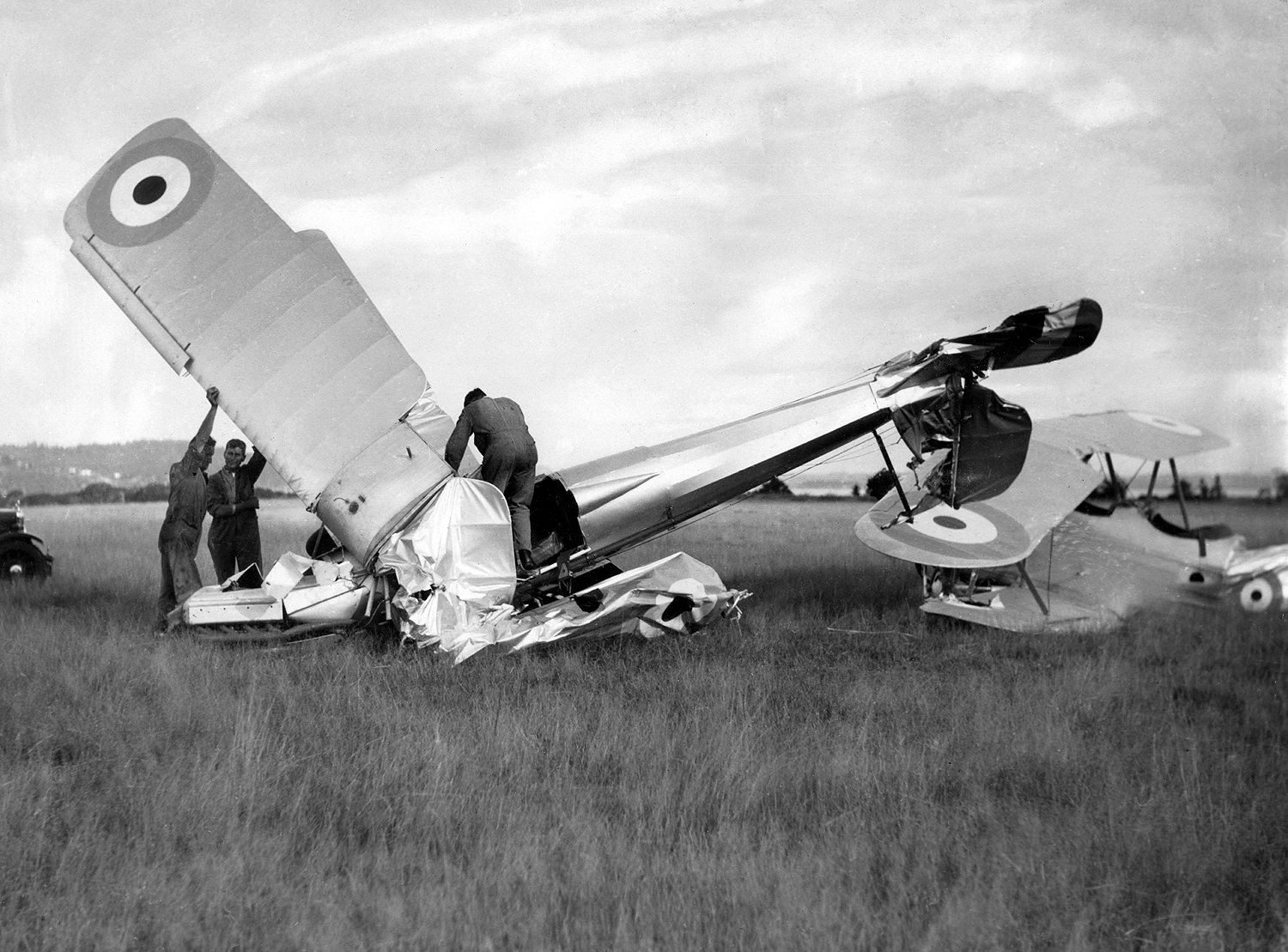 |
|
|
|
Post by davidd on Oct 30, 2014 11:16:57 GMT 12
Just a small point, but for most, if not all of their flying lives, the NZ Tomtits never featured an 'NZ' prefix to their serial numbers (which were in fact some sort of factory number, that is NOT allocated by NZ Government.) However the last one (53) was painted as NZ53, probably during its instructional life at Rongotai. After being issued to the ATC at Murchison, it was photographed outside in a paddock with these markings - this photo has been widely published - can somebody post a copy? It probably survived for some years after the war more-or-less intact, although its ultimate fate is unknown. As Dave H says, another was destroyed by fire in the Centennial Exhibition store fire at Rongotai in (September?) 1946. Also Tomtit 51 was out of service for several years after the aerial collision suffered at Hobsonville - the actual rebuild was very slow, and exactly why is mentioned in the autobiography of Geoffrey Ellis (Toolbox on the Wing, from memory).
Dave D
|
|
|
|
Post by errolmartyn on Oct 30, 2014 11:46:58 GMT 12
" Centennial Exhibition store fire at Rongotai in (September?) 1946"
It occurred at 3 a.m. on 25 September 1946.
Errol
|
|
|
|
Post by Dave Homewood on Oct 30, 2014 17:43:40 GMT 12
Here are two very rare photos of Tomtit 53 while it was an instructional airframe at No. 1 Technical Training Centre, Railway Workshops, Onehunga (circa 1939-1940). Photos from the collection of the late Graeme Cossgrove, via Andrew Schooler. 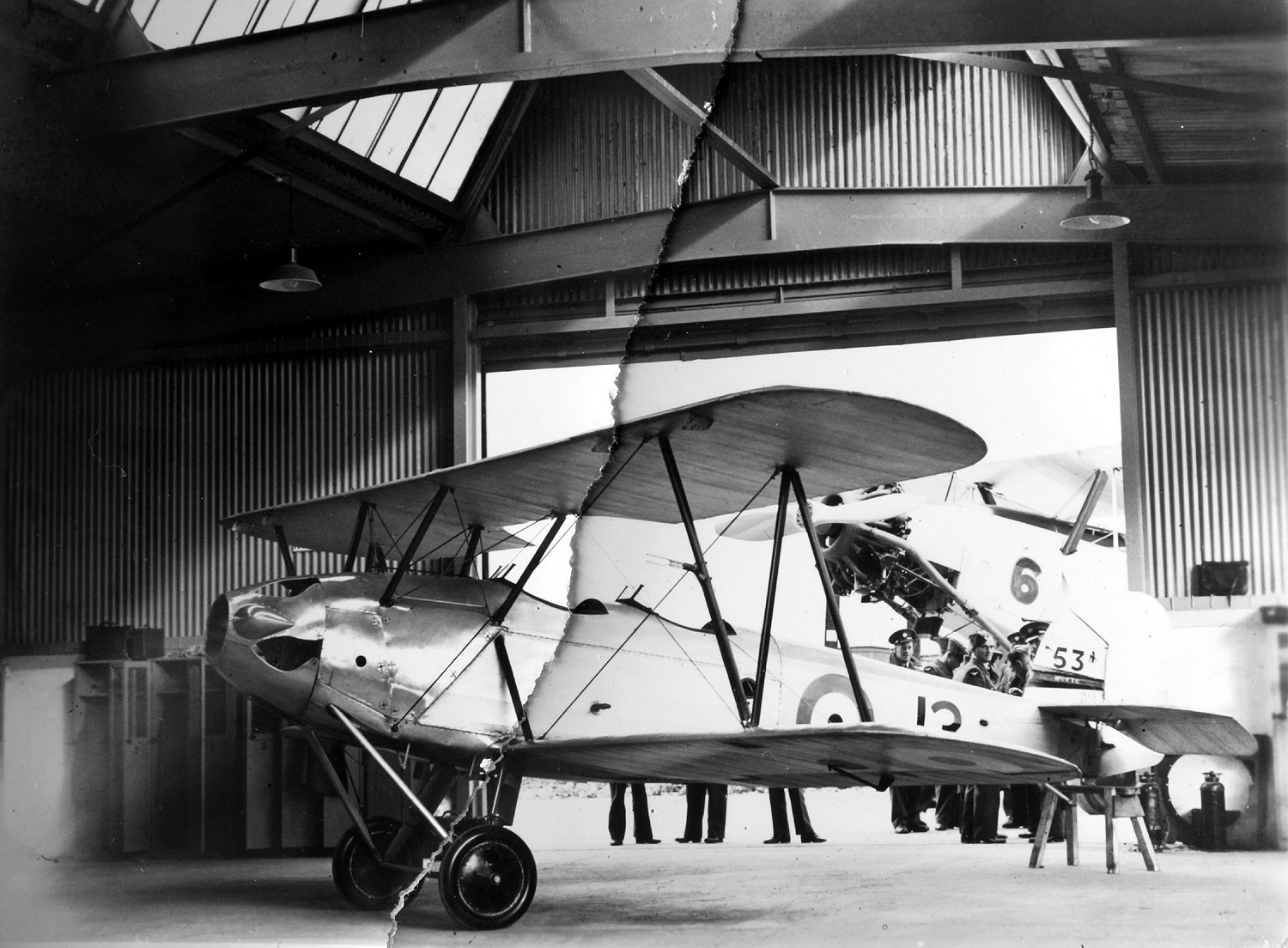 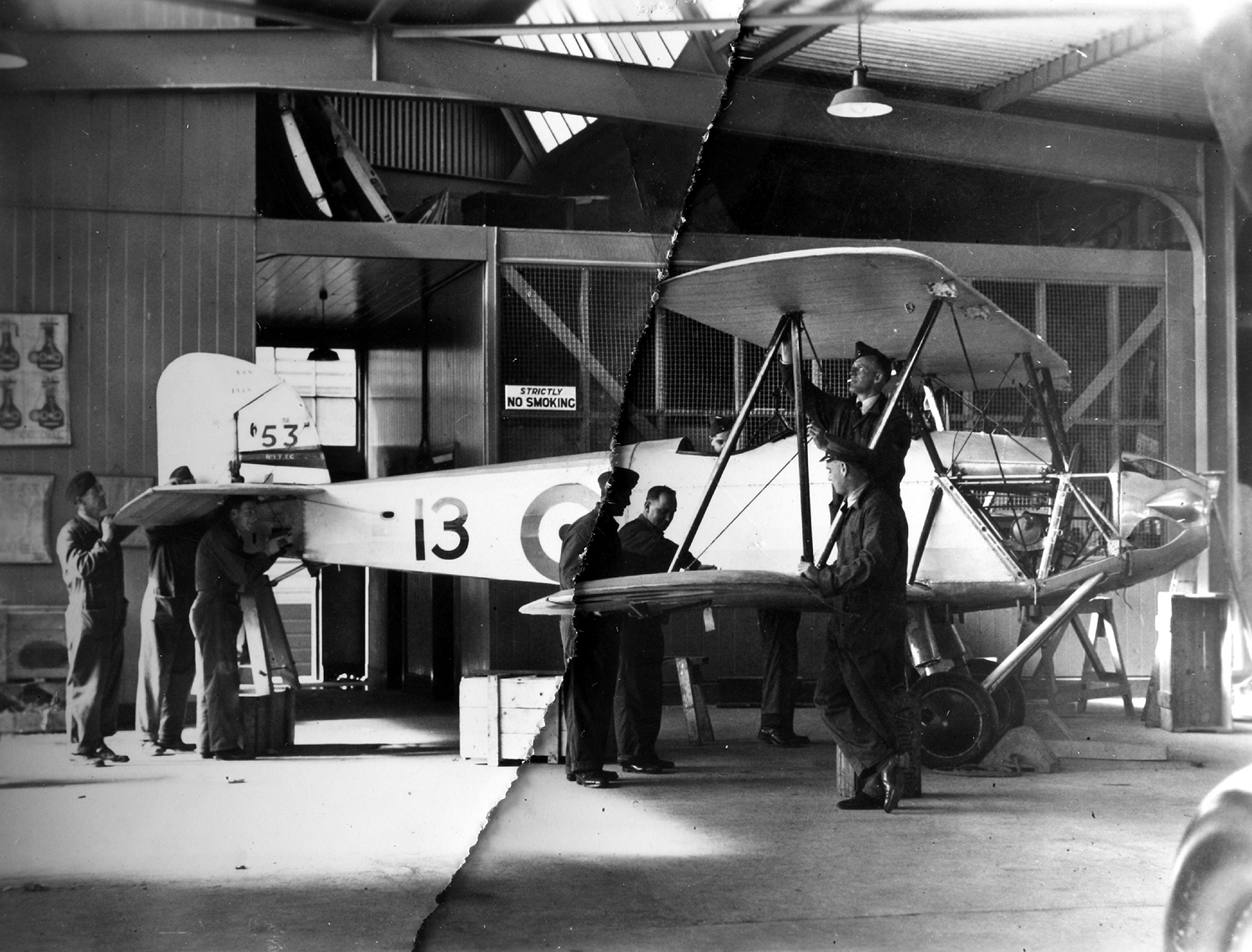 Here's a closer look at the artwork on the tail. It says No. 1 TTC 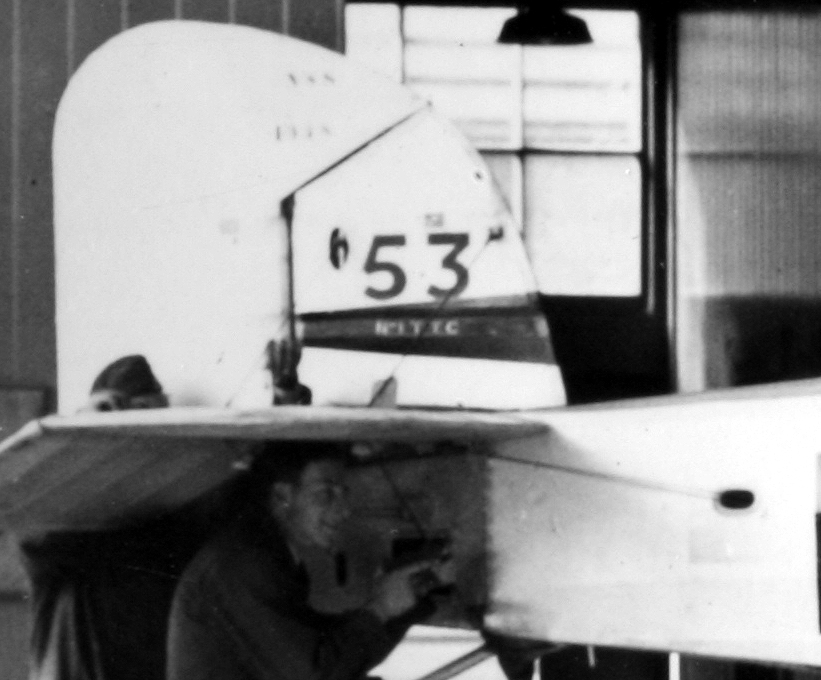 |
|
|
|
Post by nuuumannn on Oct 31, 2014 15:46:13 GMT 12
Nice pictures. The Tomtit was an interesting choice for New Zealand; it was quite ground breaking when it first appeared and probably doesn't get the attention it perhaps should. Apart from its metal structure (covered in fabric), a unique feature in a training aircraft at the time, it was fitted with a Reid + Sigrist Blind Flying Panel specifically for instrument flying training. Although previous training aircraft featured hoods for blind flying training, their panels were not specifically tailored for the unique requirements of instrument flying; i.e. ergonomically laid out. The Reid + Sigrist panel changed that. The company's chairman Freddie Sigrist had definite links to Hawker, nee Sopwith, where he was one one of the principal designers of all Sopwith aircraft. The other thing about the Tomtit coming to New Zealand was that it was quite expensive per unit cost compared to existing trainers, probably explains why we only had four. Only 24 were built in total. Pretty little machine.
|
|
|
|
Post by davidd on Nov 1, 2014 11:38:19 GMT 12
You can see why some people remarked that it was just like a baby Hawker Hart - in fact it really WAS a baby Hawker Hart! However the tail fin was not quite as nice as Mummy's.
David D
|
|
|
|
Post by Dave Homewood on Jul 10, 2017 14:30:12 GMT 12
It's not often you see a photo of three RNZAF Tomtits together in the air. This from the PRESS newspaper dated 1st of March 1935: 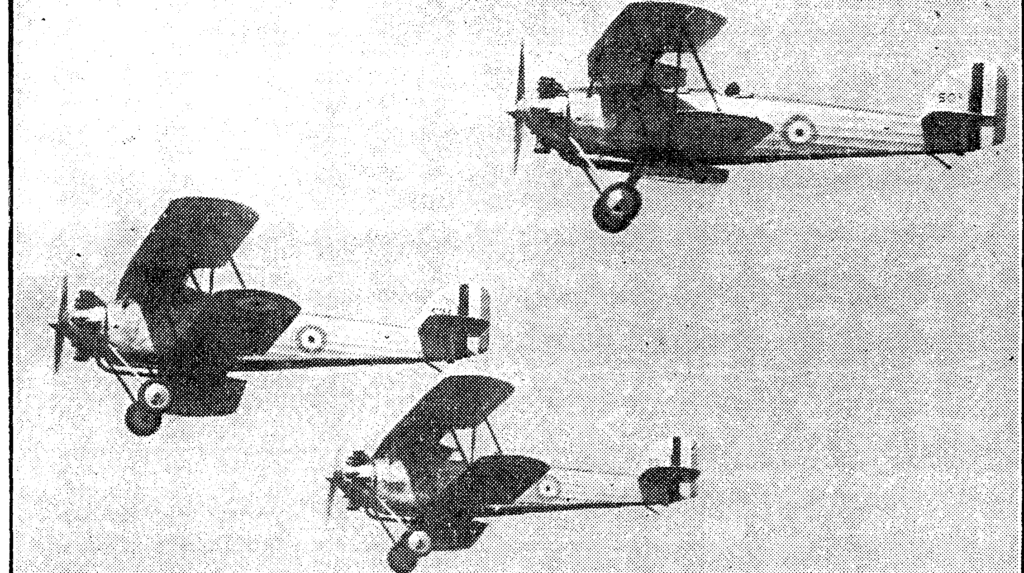  |
|
|
|
Post by Dave Homewood on Jul 14, 2017 18:53:54 GMT 12
Graeme McConnell has kindly sent this scan, and he says: "Thought the attached February 1980 Nelson Evening Mail piece would be of interest to you and others as I don't think many people remember or have seen these photos. Also in the Nov./Dec. 1944 issue of the "A.T.C. Observer", it states that No.10 (Murchison) ATC Squadron formed in early 1944 and that they received the Hawker Tomtit from RNZAF Station Nelson about mid-1944." 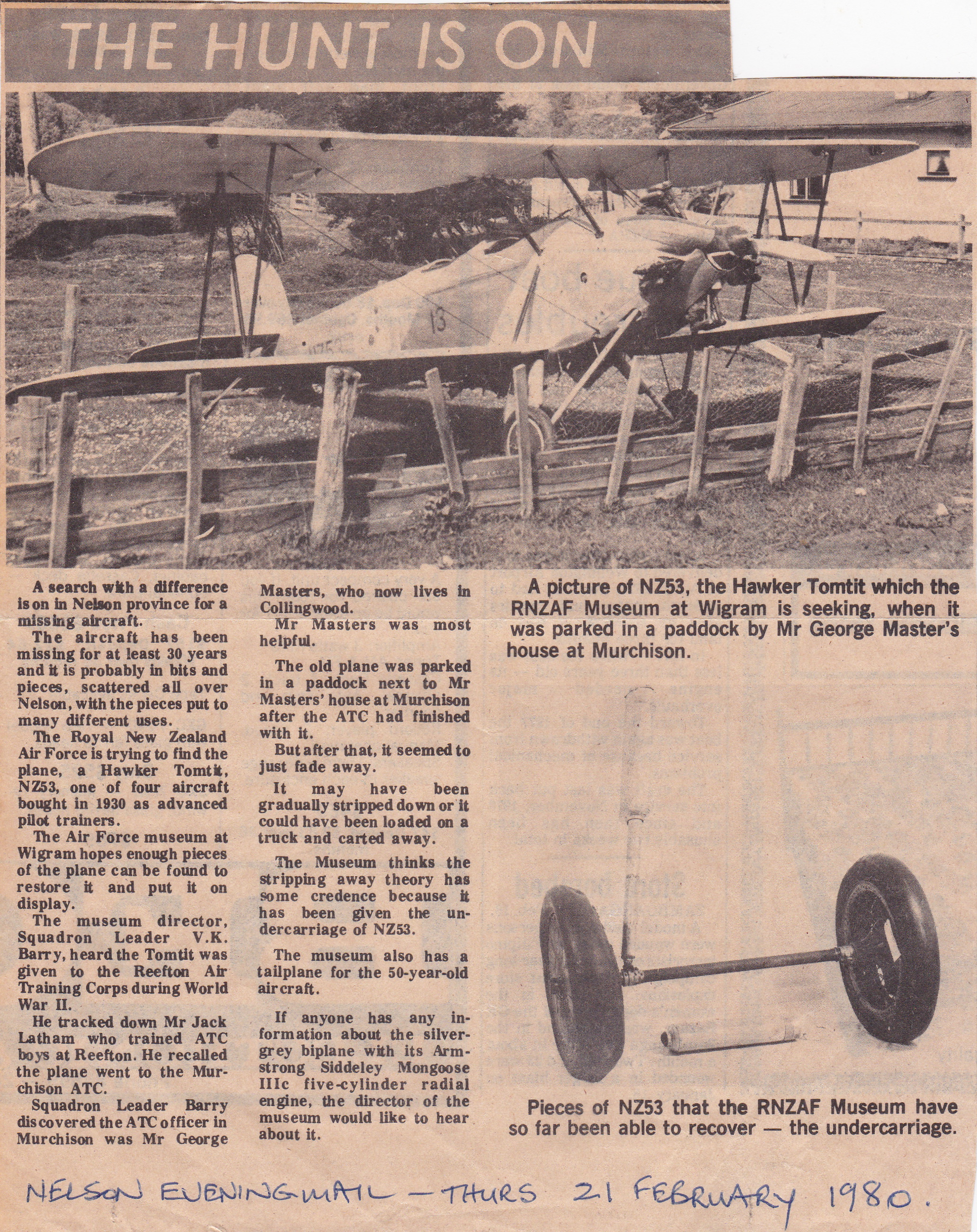 |
|
|
|
Post by davidd on Jul 15, 2017 10:04:17 GMT 12
That is the photograph I was referring to in my Oct 2014 post. Goes to show that some of those "official fates" are just plain wrong. In fact not one, but TWO Tomtits were supposed to have been destroyed in the Rongotai fire of September 1946 (hope somebody is not getting mixed up with the two Fire Patrol Tiger Moths which were definitely destroyed in this fire, rather ironic that!), so seems that at least three of the NZ Tomtits probably survived WW2 at least partially intact. Incidentally the (presumptive?) Director of the RNZAF Museum in 1980 was S/L J K (John) Barry rather than V K. I think he still lives in retirement at Diamond Harbour.
David D
|
|
|
|
Post by Dave Homewood on Jul 15, 2017 11:09:57 GMT 12
I'm pretty sure that the Museum has a Tomtit wing, uncovered, that was discovered in the ceiling of a building (maybe at Wigram?) and I think also a spinner from one too. Am I right there David?
|
|
|
|
Post by davidd on Jul 15, 2017 16:03:02 GMT 12
Dave H,
I think you will have to ask somebody at the Museum about that one Dave, I have not heard about a Tomtit wing, but was aware of the undercarriage parts and tailplane.
David D
|
|
|
|
Post by Dave Homewood on Jul 15, 2017 17:07:16 GMT 12
I may be wrong in my memory hat it was a Tomtit wing, but this is the wing I am thinking of, taken in April 2006 when it was hanging in the old galleries before they were reworked, this wing being in the 1920's and 1930's section. I seem to recall a label saying it was discovered in the ceiling of a building. I am sure someone will correct me if it is not from a Tomtit. 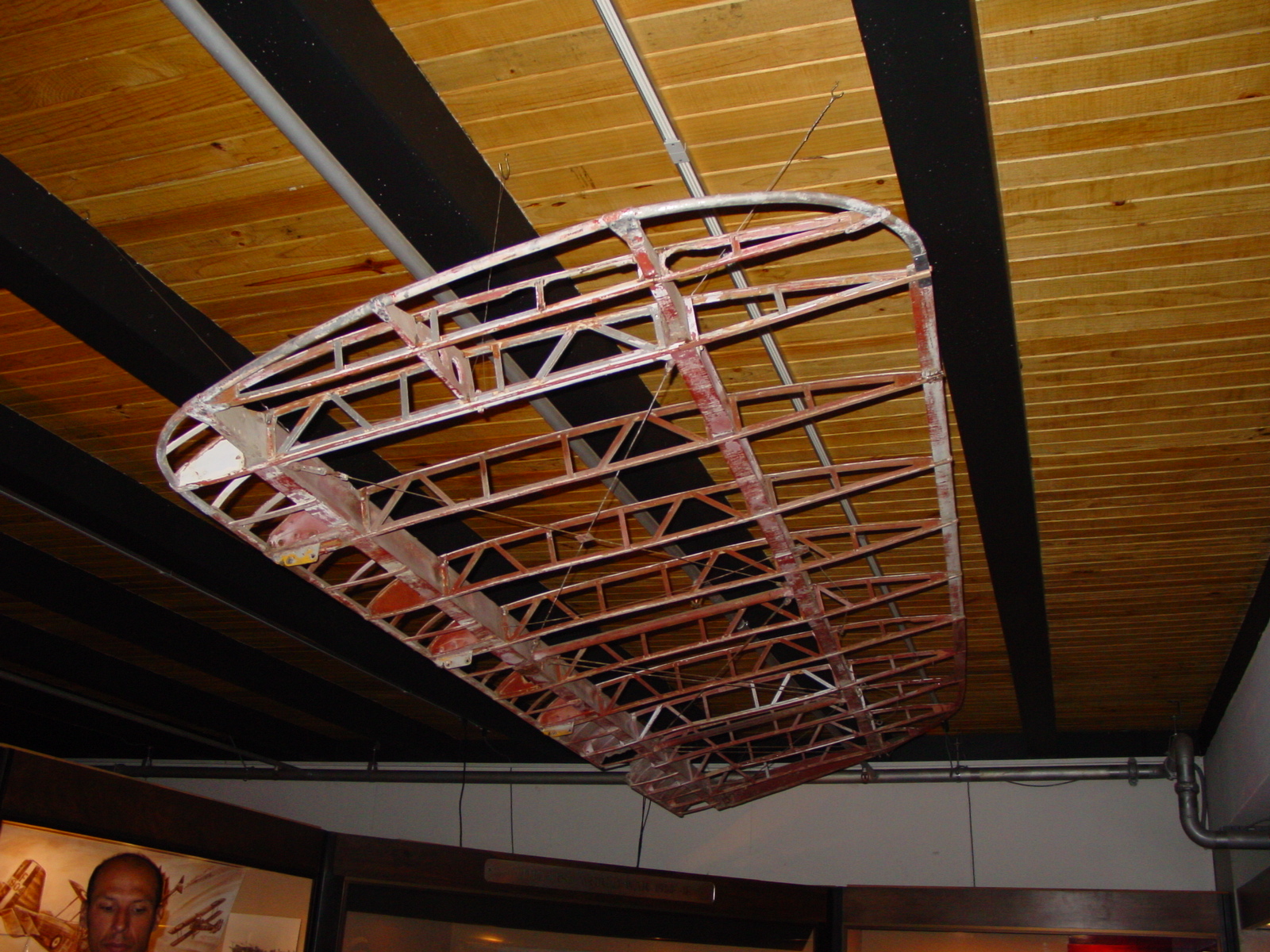 |
|
|
|
Post by davidd on Jul 16, 2017 10:39:32 GMT 12
Dave H,
Looking at your photo of the suspended wing panel, it appears to me to have plain plank (not spindled) wooden spars, so would NOT be a Tomtit wing (which had an all metal structure, including spars). Probably a Tiger Moth wing, appears to have angled construction at far (root) end, but then so did the Tomtit (swept back mainplanes). Presence of metal attachments (painted training yellow?) for leading edge slats, plus lack of ailerons would make this the upper port wing.
David D
|
|
|
|
Post by Dave Homewood on Jul 16, 2017 11:19:03 GMT 12
Seriously? It's just from a Tiger Moth? I am sure that one of the guides pointed it out to me and said it was from a Tomtit,and then pointed me to a label on the wall confirming that explaining it was found in a ceiling of an old building at Wigram. That's how I remember it, maybe I'm wrong, it was over 11 years back. That's a pity if it's just a run of the mill Tiger wing.
|
|
|
|
Post by johnnyfalcon on Jul 16, 2017 13:11:52 GMT 12
Looks like a Tiger wing to me
|
|
|
|
Post by camtech on Aug 7, 2017 16:37:03 GMT 12
Hmm - I had heard that rumour about the Tomtit wing. However, while going through photos recently, I found this one.  Tomtit 53 plus 2 Wigram Tomtit 53 plus 2 Wigram by Les Billcliff, on Flickr RNZAF photo note tail of a Brisfit in the background |
|
|
|
Post by Dave Homewood on Aug 7, 2017 20:49:51 GMT 12
That is a lovely photo Les!
|
|
|
|
Post by Deleted on Aug 12, 2017 19:43:48 GMT 12
Hear hear! I'm really enjoying the Les Stash!
|
|

